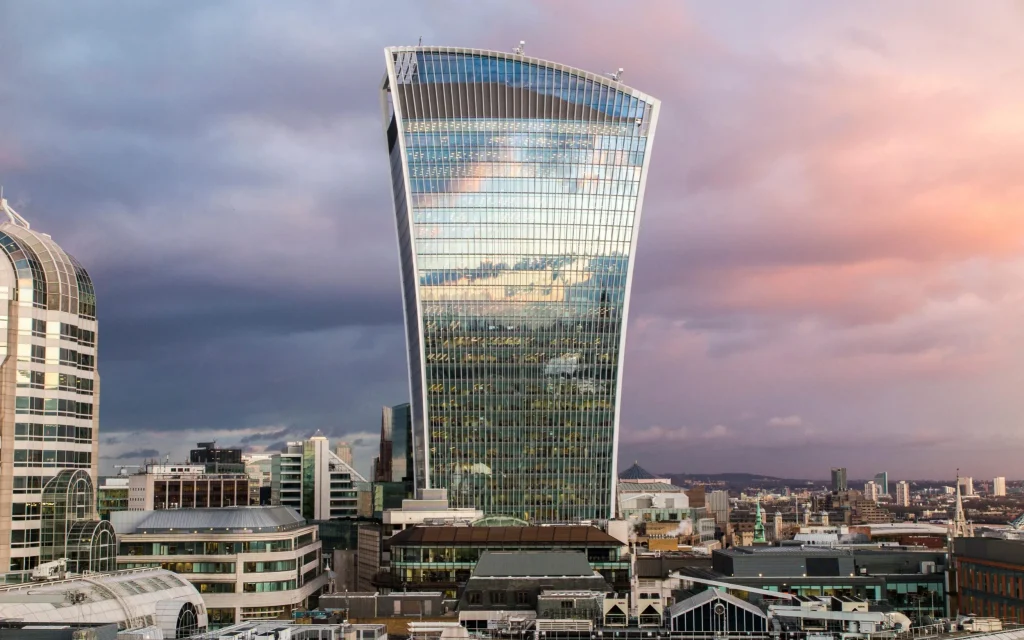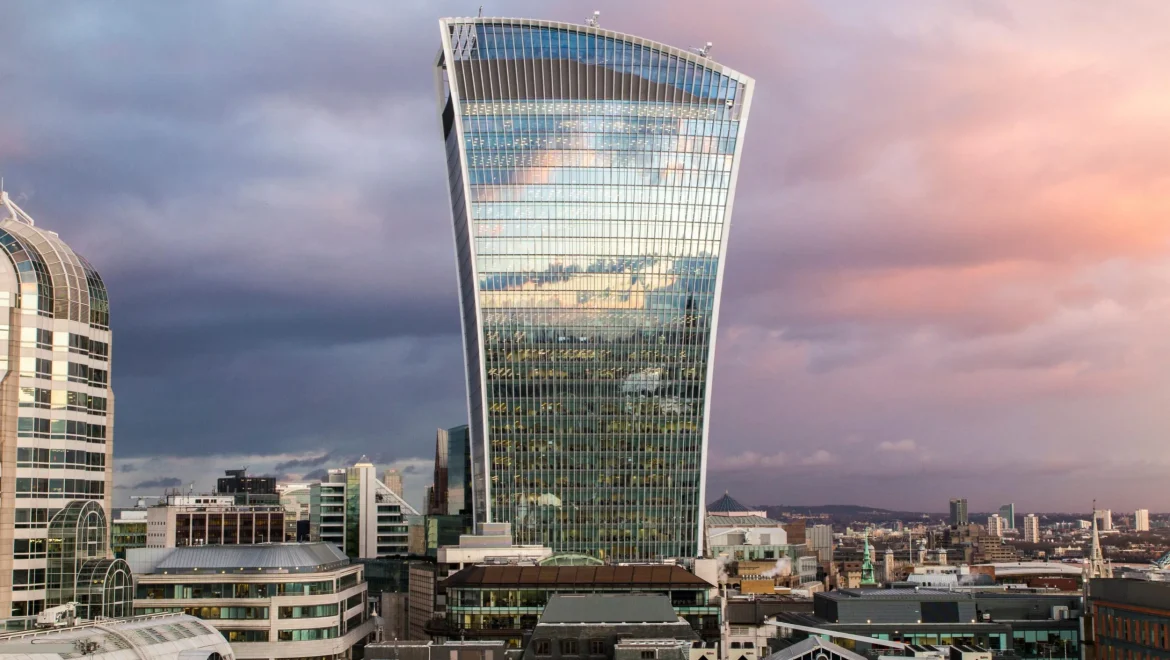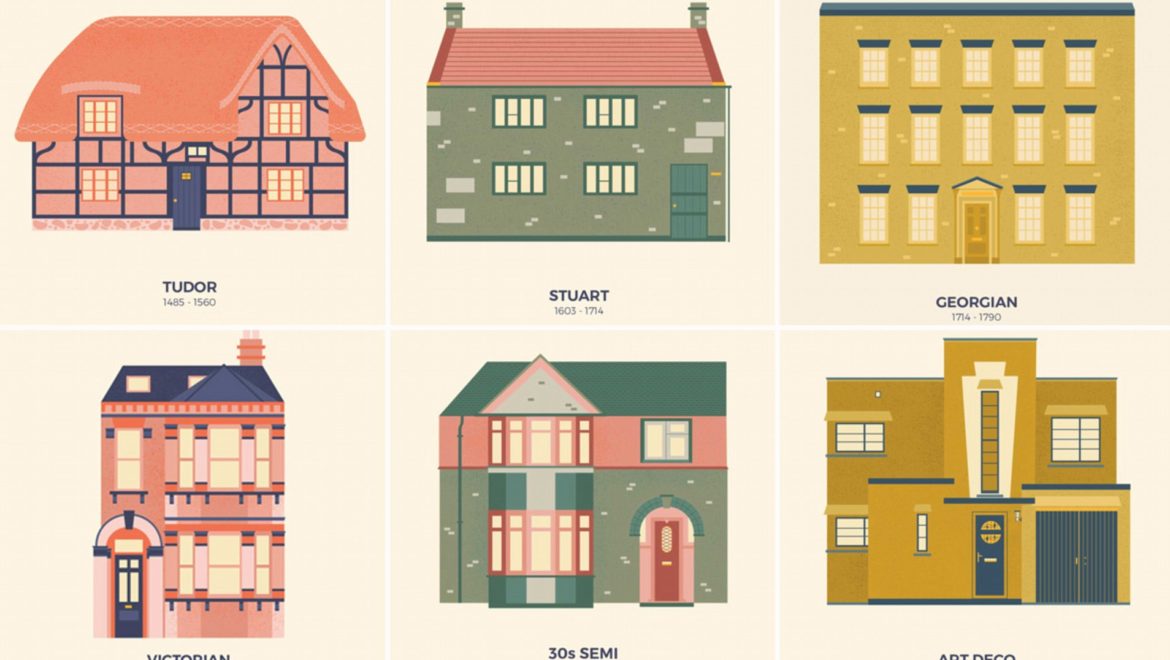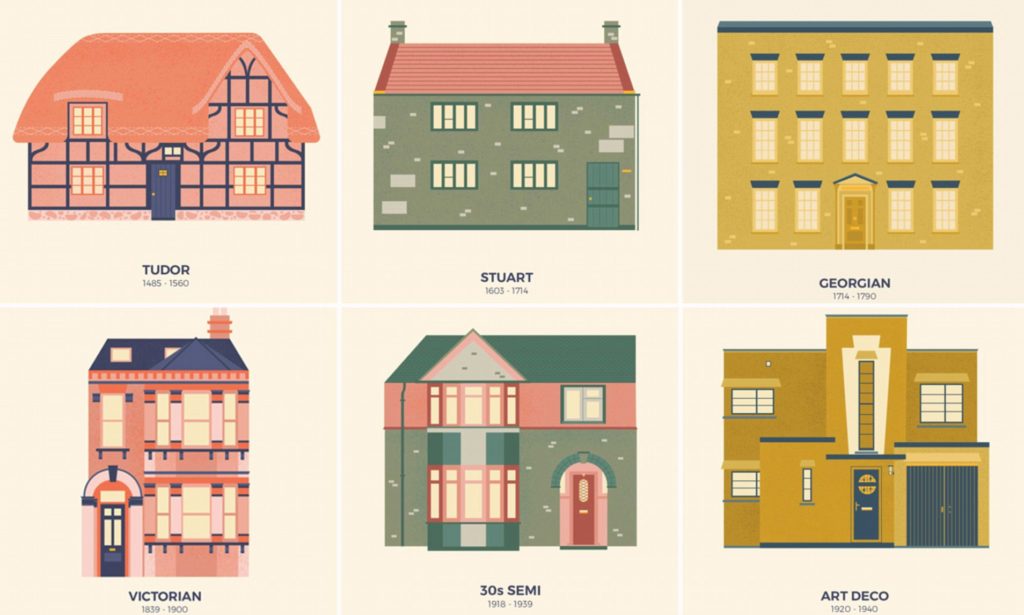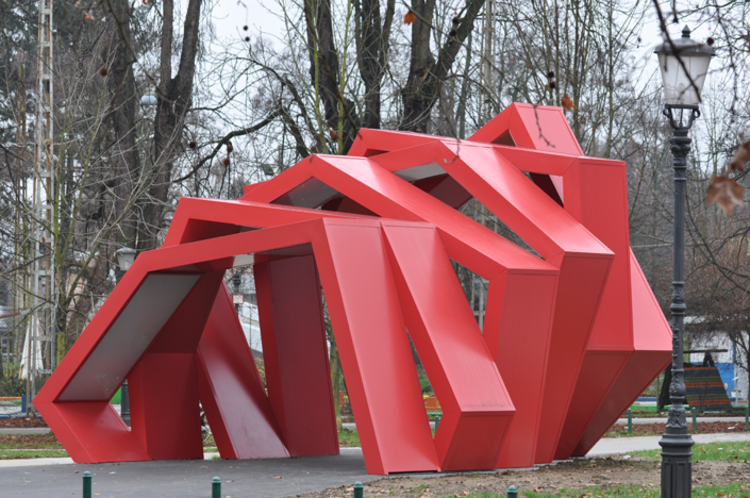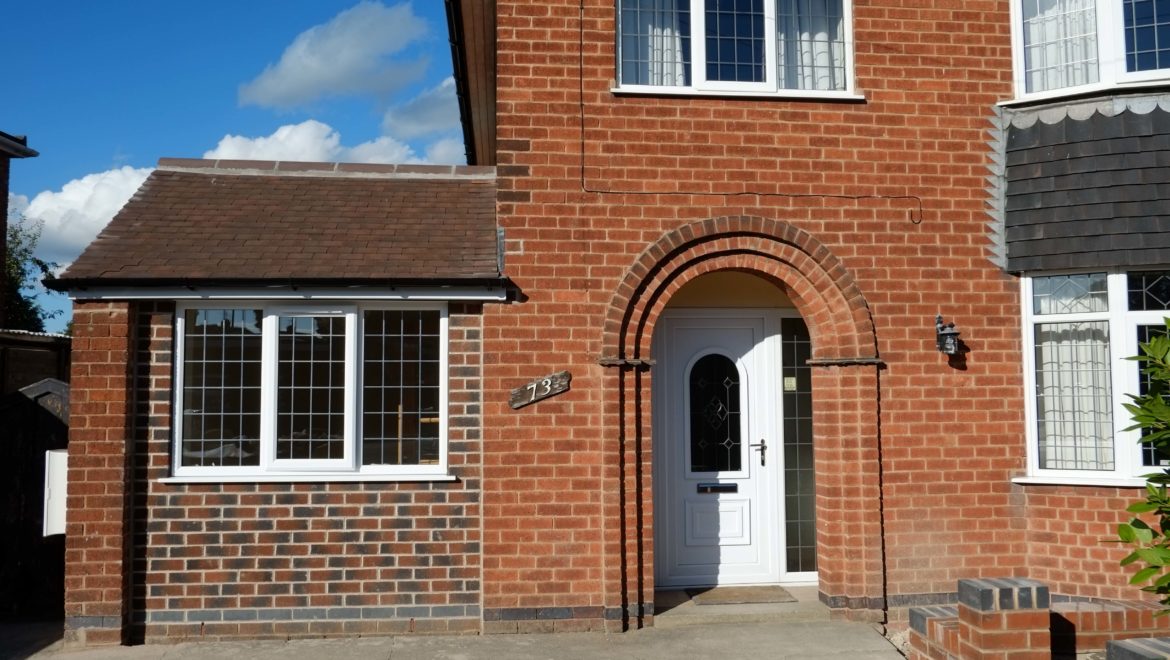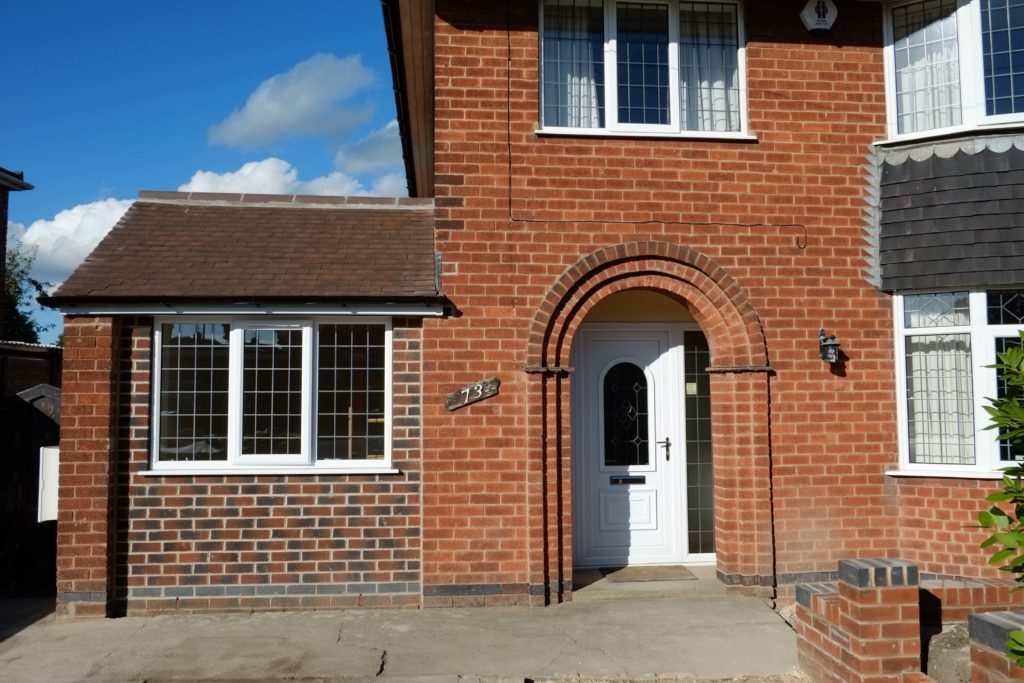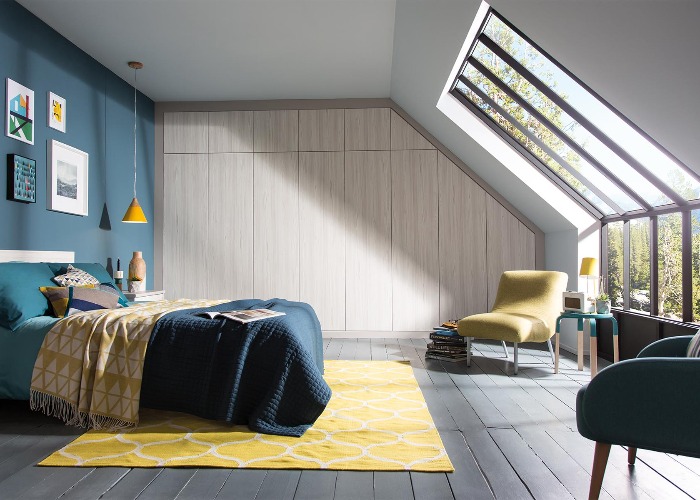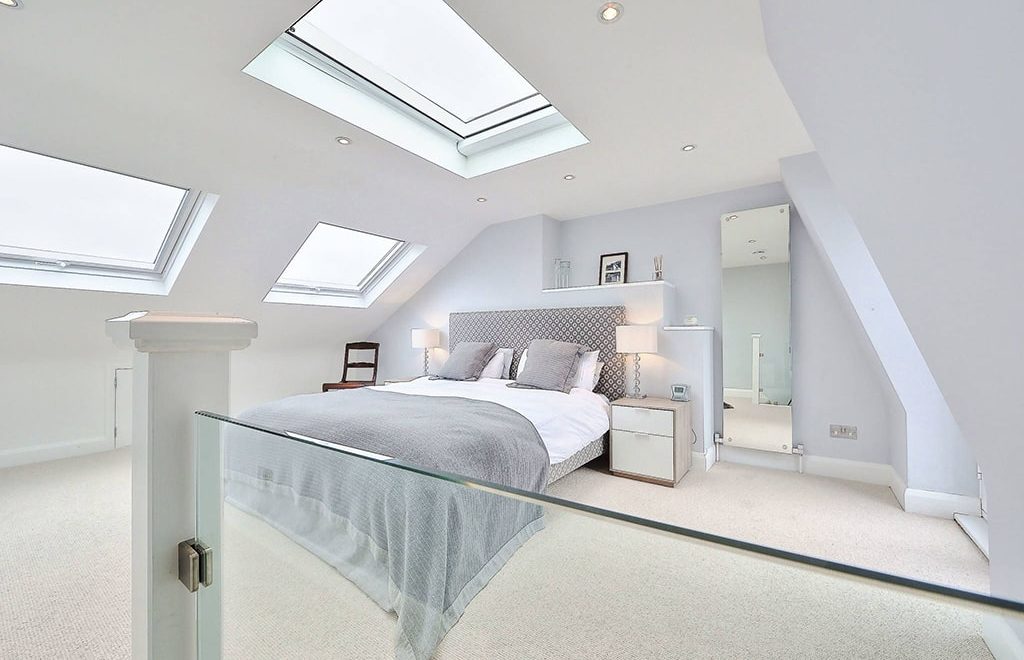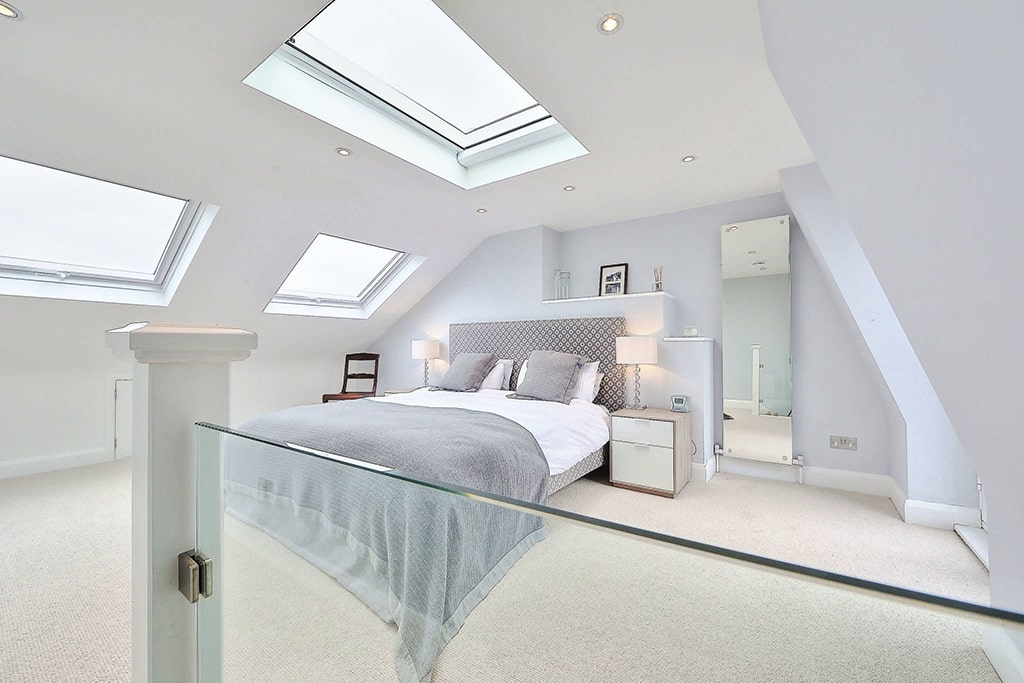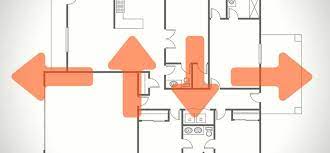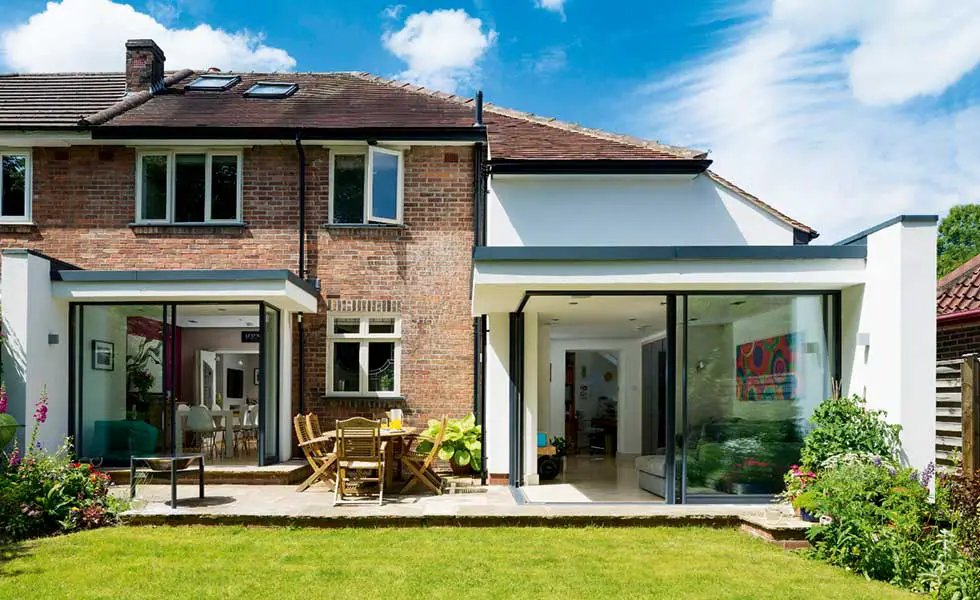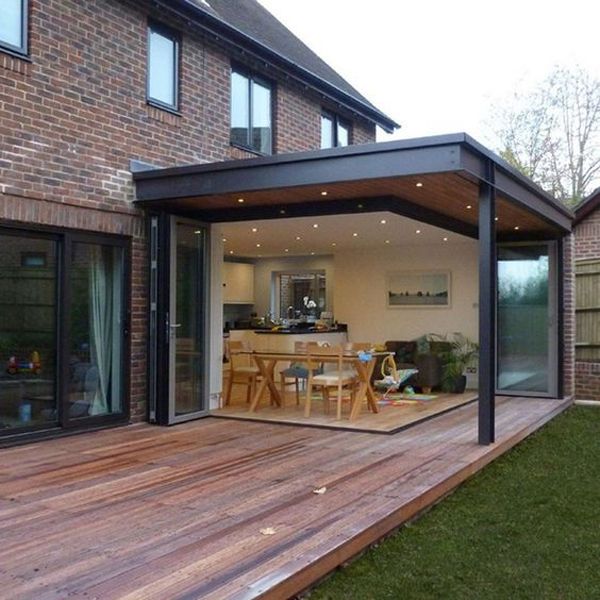Architectural Iconoclasm in the UK: Debates and Controversial Projects
Architecture is often considered a reflection of a society’s values, aesthetics, and aspirations. In the United Kingdom, like in many other countries, architectural projects have the power to provoke strong reactions, sometimes bordering on controversy. This phenomenon is known as architectural iconoclasm, where avant-garde designs challenge established norms and traditions. Sparking intense debates among architects, city planners, and the general public. One such example is the Walkie-Talkie building in London, which has become an emblematic case of architectural iconoclasm.
The Walkie-Talkie Building
The Walkie-Talkie, officially known as 20 Fenchurch Street, is a 37-story skyscraper located in the heart of London’s financial district. Designed by architect Rafael Viñoly, the building is known for its distinctive concave shape, which flares outward as it rises, creating a unique and captivating architectural spectacle.
However, this iconic design also raised serious concerns from the moment it was proposed. Critics argued that the Walkie-Talkie’s unconventional form was not only aesthetically displeasing but also posed practical problems. One of the most significant issues was the building’s unique shape focusing and intensifying sunlight in certain areas. Leading to dangerous levels of heat and glare. This unintended consequence earned the Walkie-Talkie the nickname “the Fryscraper” and ignited a fierce debate over its merits and risks.
Debates and Controversies
- Solar Glare and Damage: The Walkie-Talkie building became infamous for its sunlight-focusing effect. During certain times of the year, the curved glass façade acted like a parabolic mirror. Directing intense beams of sunlight onto the streets below. This phenomenon led to temperature increases and damage to parked cars, with some even melting due to the extreme heat. The controversy reached its peak when a journalist demonstrated how the building could fry an egg on the sidewalk.
- Public Outcry: The public outcry over the building’s sun-reflecting properties resulted in the City of London imposing temporary restrictions on parking, erecting screens, and reevaluating the design’s impact on public spaces. The incident highlighted the potential risks of disregarding the broader impact of architectural innovation on urban environments and the daily lives of citizens.
- Architectural Responsibility: The Walkie-Talkie controversy brought to the forefront the debate over the ethical and social responsibilities of architects. Should architects prioritize their creative vision over the potential negative consequences of their designs? The incident spurred discussions about whether architects should be held accountable for the practical implications of their creations.
- Regulatory Reforms: In response to the Walkie-Talkie debacle, the City of London introduced new regulations requiring developers to consider the impact of sunlight and wind on the surrounding environment. These regulations are part of a broader effort to balance the desire for architectural innovation with the need to maintain the safety and comfort of the city’s inhabitants.
Conclusion
The Walkie-Talkie building in London is just one example of the controversial architectural projects that have sparked intense debates in the UK. While it may be easy to dismiss such controversies as aesthetic differences or inconveniences, they shed light on deeper questions about the role of architecture in society. Innovative designs, like the Walkie-Talkie, challenge conventional wisdom and push the boundaries of architectural possibility. However, they also serve as a reminder that architects and developers must consider not only their artistic vision. But also the practical implications of their creations on the people who inhabit and use these spaces.
As the field of architecture continues to evolve, it is essential to find a delicate balance between creativity and responsibility. The Walkie-Talkie controversy serves as a case study in how architectural iconoclasm can redefine not only the skylines of cities but also the way we perceive, interact with, and adapt to our built environments. It highlights the need for thoughtful city planning, regulatory reforms, and public engagement to ensure that innovative architectural designs enhance. Rather than disrupt, the urban landscape.
